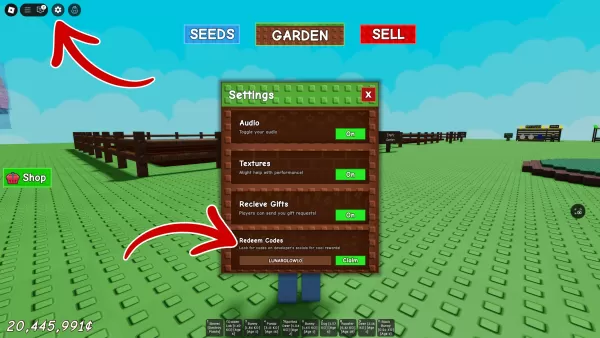Budget-conscious gamers are weighing whether the Nintendo Switch 2 justifies its cost, especially for those who never owned the original Switch. With Switch 2’s confirmed specifications now public, the key question is how it stacks up against its predecessor, particularly the top-tier Switch OLED model.
If you’re considering the Switch OLED over the Switch 2 to save money or avoid waiting for restocks, here’s a detailed comparison of the two consoles.
Nintendo Switch 2 vs. Nintendo Switch OLED: Price
As the premium version of the original Switch lineup, the OLED model carries the highest price tag among its peers. For gamers prioritizing cost, the Switch OLED is the better value at $349, a full $100 less than the Switch 2’s $449 price. The OLED model, being older, often sees discounts as low as $279 during sales. Bundles like the Super Mario Wonder OLED bundle also offer savings, retailing at the standard $349 price while including a game.
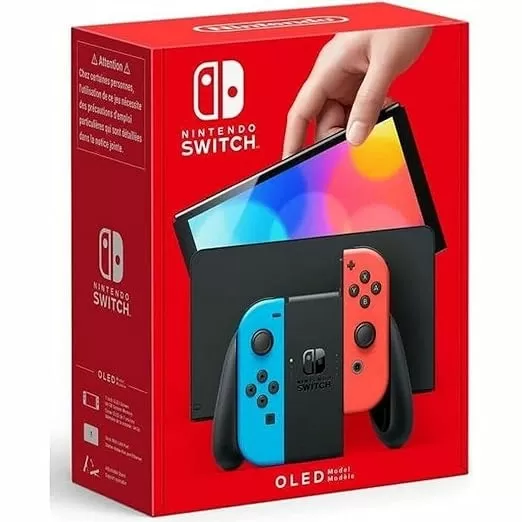
Nintendo Switch – OLED Model w/ Neon Red & Neon Blue Joy-Con
$349.99 save 6%$329.99 at AmazonWhichever Switch you choose, deciding soon is wise. The 90-day tariff pause ends in July, and price hikes are likely. Xbox has already increased prices for its hardware, with the Xbox Series X now at $599, up from $499 at launch. Nintendo Switch 2 accessories, including new Joy-Con and Pro Controllers, have also risen by $5 due to “market condition changes,” per Nintendo’s statement. All Switch models could face similar increases, but for now, the Switch OLED offers better dollar-for-dollar value.
Winner: Nintendo Switch OLED
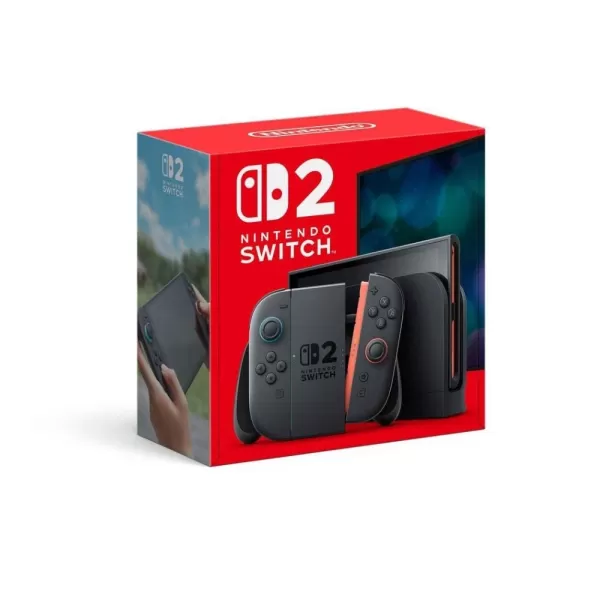
Nintendo Switch 2 Console
See it at GameStop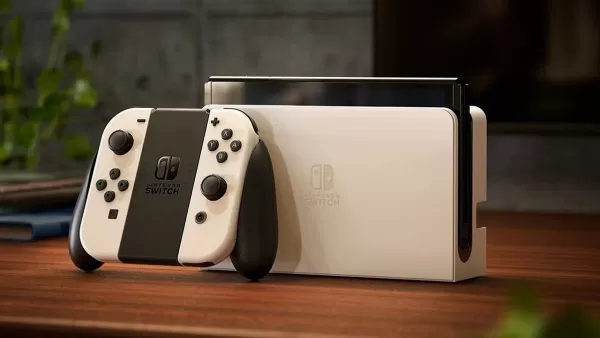
Nintendo Switch 2 vs. Nintendo Switch OLED: Specs and Performance
The Nintendo Switch 2’s specs, revealed in mid-May, allow a direct comparison with the OLED model. Its Nvidia T239 SoC, built on Ampere architecture with 1,536 CUDA cores, outpaces the original Switch but falls short of even the lowest-end RTX 30-series GPU (RTX 3050 Mobile). Rated at 3.07 TFLOPs in docked mode, it’s less powerful than handhelds like the Asus ROG Ally X (8.6 TFLOPs), though console optimization should ensure strong performance across Switch 2 games.
The Switch OLED, powered by an Nvidia Tegra X1 SoC with Maxwell architecture and 256 CUDA cores, lags significantly behind. Its 2014-era GPU tech, seen in cards like the GTX 750 and 980, shows its age compared to the Switch 2’s modern architecture.
Memory is another leap forward for the Switch 2, boasting 12GB of RAM (9GB for games, 3GB for the OS) with speeds of 102GB/s docked and 68GB/s handheld. The Switch OLED, with just 4GB of RAM (3.2GB for games, 0.8GB for the OS) and speeds of 25.6GB/s docked and 21.3GB/s handheld, is noticeably slower.
The Switch OLED shines with its display, leveraging OLED technology for richer colors and deeper blacks, despite dimmer panels. The Switch 2, with a 7.9-inch 1080p LCD, offers a larger, sharper screen but lacks OLED’s vibrancy. A future Switch 2 OLED model may emerge, but it’s not available at launch. Other Switch 2 upgrades include 256GB of storage (versus the OLED’s 64GB) and dual USB Type-C ports, compared to the OLED’s single port.
With superior hardware, the Switch 2 clearly outperforms the aging OLED model.
Winner: Nintendo Switch 2

Nintendo Switch 2 vs. Nintendo Switch OLED: Software and Features
Both consoles share core features like versatile play modes (handheld, tabletop, docked), detachable Joy-Con, and a kickstand. However, the Switch 2 enhances these with a sturdier U-shaped kickstand, compared to the OLED’s flimsier plastic version, and introduces magnetic Joy-Con that snap on and off more seamlessly than the original’s slide-in design.
The Switch 2 also supports backward compatibility, letting most original Switch games run on the new system, with some titles receiving performance boosts or add-ons for Switch 2 at an additional cost. New features include Joy-Con that double as motion-based mouse controllers for games like Metroid Prime 4: Beyond. By dragging the Joy-Con across a surface, such as your hand or clothing, per Nintendo producer Kouichi Kawamoto, players can aim with precision, a feature required for titles like Drag X Drive.
The Switch 2 emphasizes community with its GameChat feature, accessible via a new “C” button. This enables voice calls, video chats, and screen sharing directly on the console, unlike the original Switch’s reliance on a mobile app for online communication. A built-in microphone supports this, with a separate camera peripheral for video chats. GameChat is free until March 31, 2026, after which a Nintendo Switch Online subscription is required.
With innovative features like mouse-like Joy-Con, GameChat, and enhanced design, the Switch 2 outshines its predecessor.
Winner: Nintendo Switch 2
The Winner Is… the Nintendo Switch 2
The Nintendo Switch 2 delivers major advancements in performance, hardware, and features. While the Switch OLED is more affordable and boasts a stunning OLED display, it can’t compete with the Switch 2’s power or access to exclusives like Mario Kart World, Donkey Kong Bananza, and Kirby Air Riders. At four years old, the OLED model is nearing obsolescence.
The price gap isn’t drastic enough to justify choosing the OLED. While the Switch Lite at $199 is a true budget option, spending $349 on the OLED is too close to the Switch 2’s $449 price for a console that supports both legacy and new titles.

 Latest Downloads
Latest Downloads
 Downlaod
Downlaod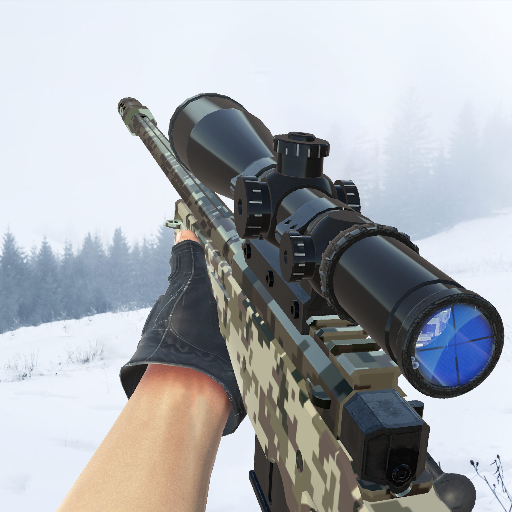




 Top News
Top News